Passing by in a car a few years ago, I had no clue this had been something special. After all, it looked just like a field that stretched into infinity. But that’s exactly what made it so appealing to the Luftwaffe in WW2. The German Air Force of that era has always intrigued me, so I was excited to visit the Oberschleissheim Airfield – the oldest, still surviving such place in Germany.
From 1933 to 1945 it was a key airbase for the Luftwaffe, who used it as a training airfield for fighter and bomber crews. Its importance was highlighted on November 11th, 1935, when Erhard Milch, the Secretary for Aviation in Hitler’s hierarchy, and fighter ace Ernst Udet, came to see it. Nearly 10 years later, on April 25th, 1945 allied bombers demolished all the runways making them totally unusable.
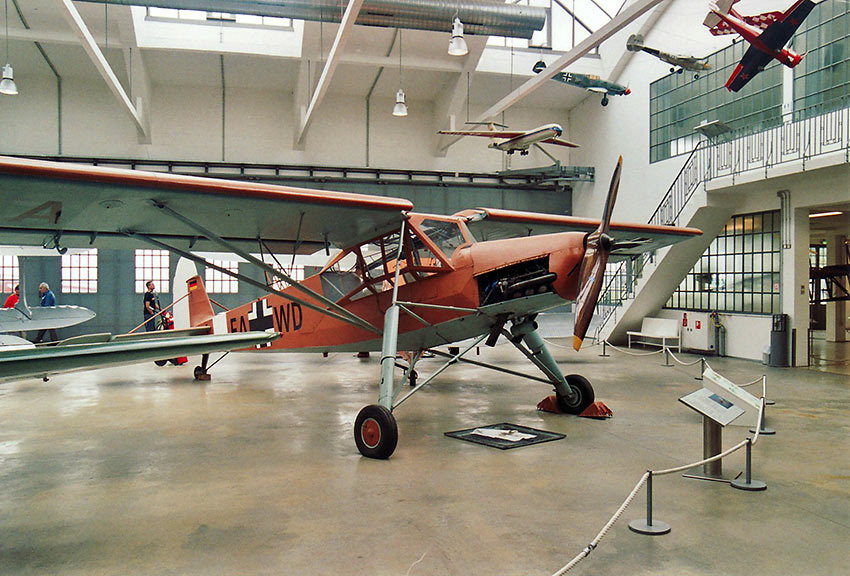
Although it was used as a helicopter base by the US military after WW2, in 1981 it closed and the airfield and its surrounding buildings fell into disrepair. One of the most fascinating museums in Germany is the Deutches Museum, and in 1988 some of their far sighted officials saw the airfield’s historic value and decided to make it part of their famous aviation section. It opened in 1992, and it’s absolutely fascinating. When I visited they had over 60 aircraft on display, including helicopters, VTOL, jets, hang gliders, seaplanes, flight simulators, engines etc., and it’s an aviation aficionado’s heaven.
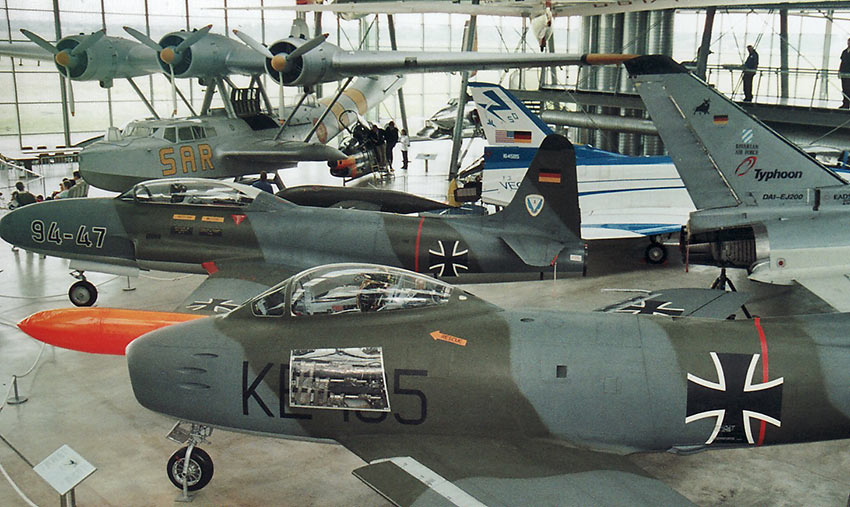
I’m intrigued by almost any WW2 aircraft, and there are four in THIS Museum that are spellbinding. A Fiesler Storch; a unique DC3; a VTOL aircraft; and a flying boat. As a kid growing up in WW2 London, one of the Nazi bombers that bombed our City was the Heinkel 111 – and it transfixed me. It also terrified thousands of Brits during its many forays over the UK, especially those over London, and this Museum had one “under restoration.” It’s the CASA 2, 111, and was built under license for the Spanish Air Force. However, after serving with them for a good number of years they discarded it in the early 1960s, and in 1968 it was what’s called “written off” as an active aircraft. But this airplane seems to have had an “inborn secret for survival” as she became a Star of sorts, because in 1968 she appeared in a British movie called “The Battle Of Britain,” as what she was – a WW2 Nazi bomber. Her life changed yet again in 1977 when the Deutches Museum purchased her. In 2000 it was decided to bring her it back to her full Spanish Air Force glory, and a massive restoration project began.
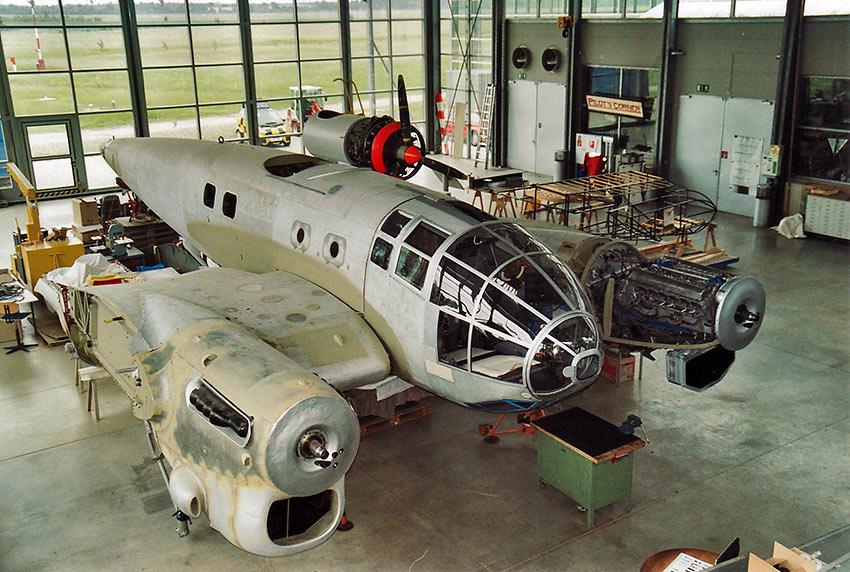
jd******@gm***.com
. Photo courtesy of John Clayton.
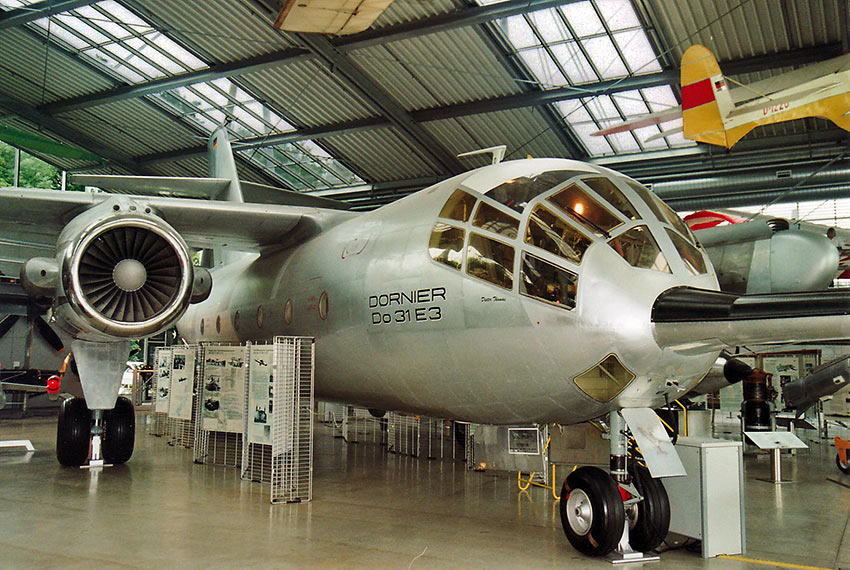
Any WW2 aficionado can tell you that any time the Germans needed any sort of battlefield overview of how things stood on the battlefield, they used a marvelous aircraft called the Fielser Storch. It was also used by many top Nazi officials and military brass – and is often seen in movies about WW2 – so it was enthralling to see a living copy of yet another classic airplane.
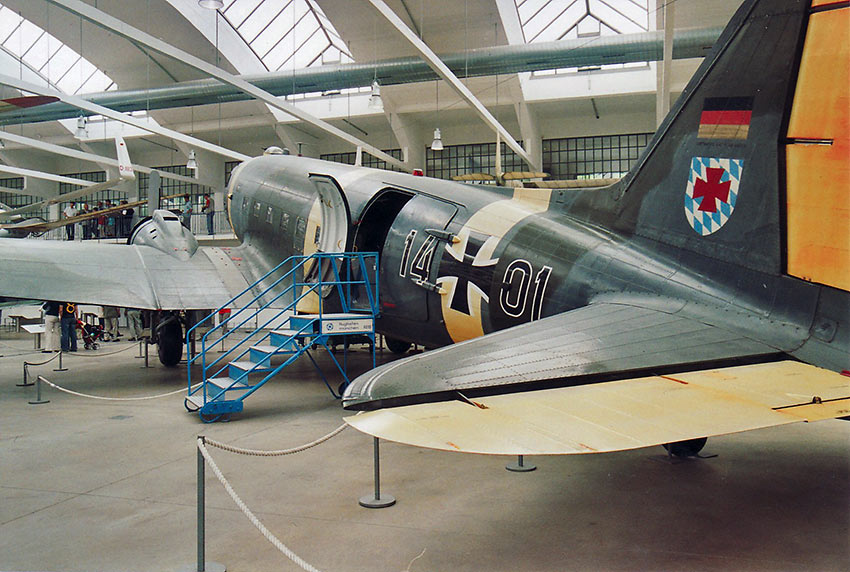
The Museum’s Dornier 31 was the world’s only VTOL fixed wing transport, and was built by the Germans for research and flight testing. Just 2 were built, after which the concept “died,” so it was another “Bonus Airplane Sight” to see one in this unique museum. When you first glimpse the Museum’s Dornier Do 24 T-3, you’re convinced it’s a classic Catalina flying boat – but no, it is not. Like the Catalina for the Allies, this German seaplane played a vital role in WW2 for the Nazis, who used it as a long range reconnaissance aircraft, troop transport and for air sea rescues. The Museum’s DC-3 is riveting, but for a reason you probably don’t even think about. The reality is that most folks instantly associate the DC-3 (or C-47 as the US military called it) with the Allies in WW2, so to see it in the colors of the modern German Luftwaffe came as a surprise and yes, a jolt to me.
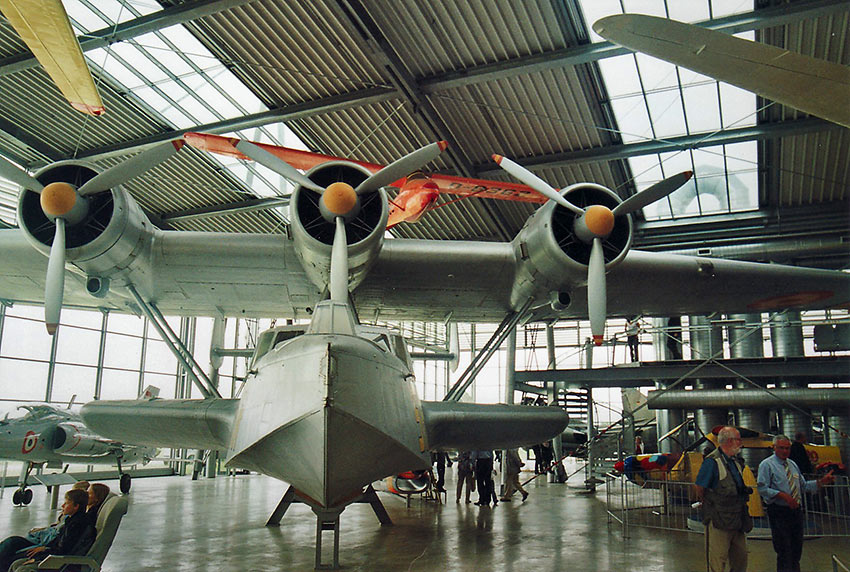
For anyone with even the slightest interest in aviation, this is a MUST SEE museum. It’s easily accessible from nearby Munich by S-Bahn train service route S1 to the Freising Airport and Oberschiessheim station. Email them at
vi************@de**************.de



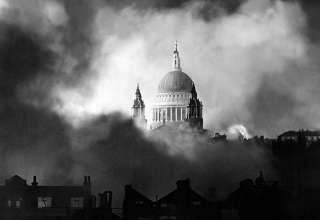
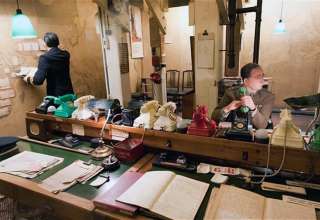




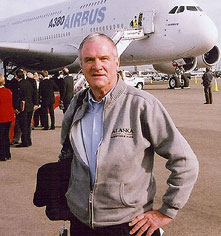










catawampus
January 20, 2020 at 9:41 am
The history of the airfield EDOS is beyond fascinating, during ww2 the hangars were underground and the airfield could be flooded to further disguise its identity, from the air it looked like a lake, nearby was a replica of a small town.
Steve Webbe
April 1, 2021 at 9:48 am
Does anybody there know anything about Prince Hubertus (of Saxe-Coburg and Gotha) a WWII Luftwaffe fighter pilot who was killed when he was shot down on 26 November 1943 over Mosty on a courier mission in what is today the Ukraine. He was buried the following day at the Coburg family cemetery at Callenberg Castle. I’d be grateful for any information you might have on him. I’m keen to discover his rank, the type of aircraft he was flying when he was killed and whether he fought over England. With best wishes to the museum! Kind regards, Steve Webbe (in Surrey, England.)
Donald Willerton
September 23, 2022 at 12:21 pm
My father was stationed at Friesing for a month, and then at Furstenfeldbruck for a month, September, 1944 through October, 1944. He was a member of the 555th Signal Aircraft Warning Battalion, and may have also been part of a flight control operation.
I am looking for any kind of information about what roles he might have played during this time period. Do you have any information about the US Army’s presence during this period?
I will be with a tour group in Munich in a couple of weeks, on Sunday, October 9th, and will try to get to your museum.